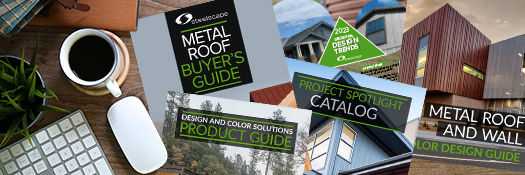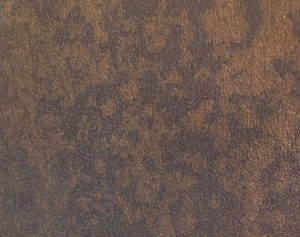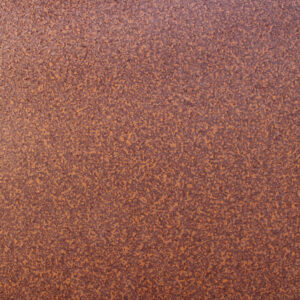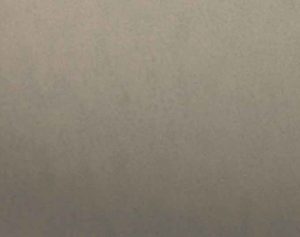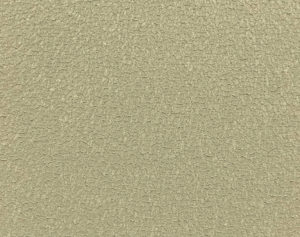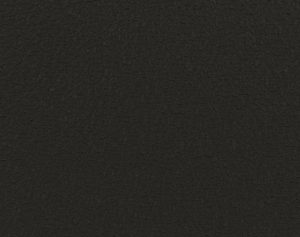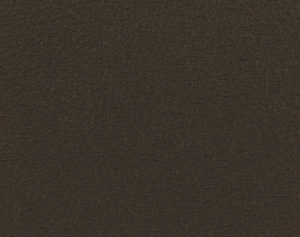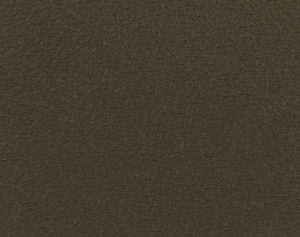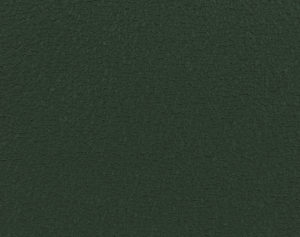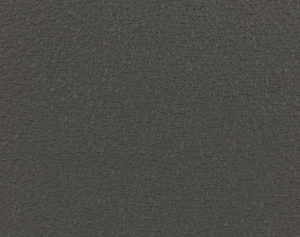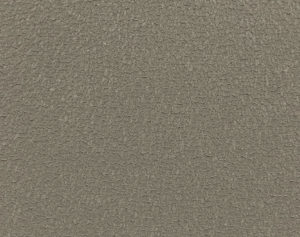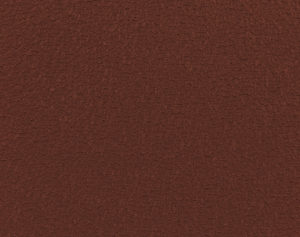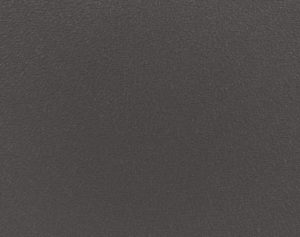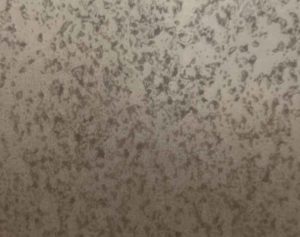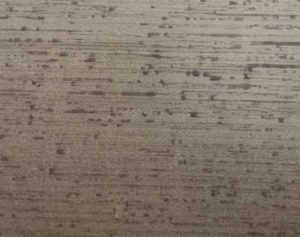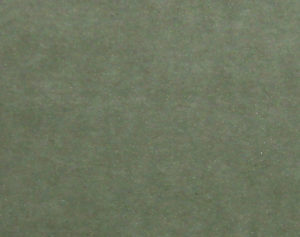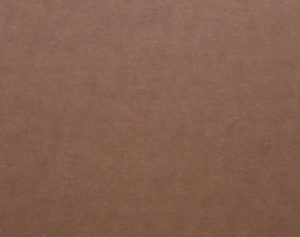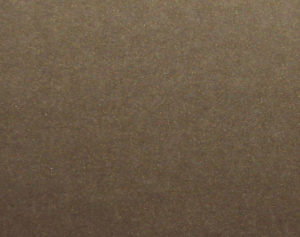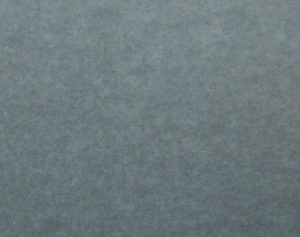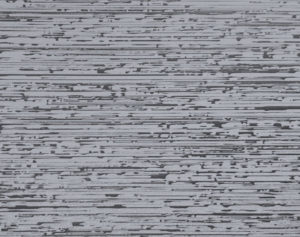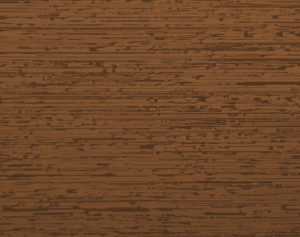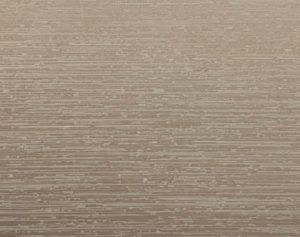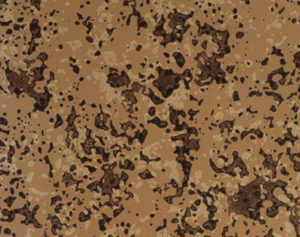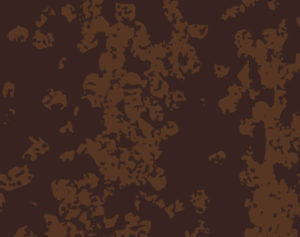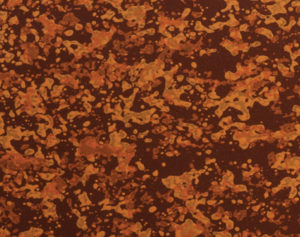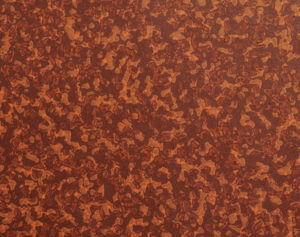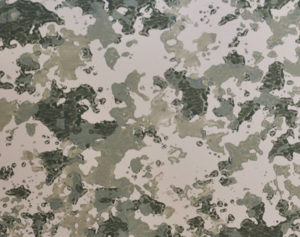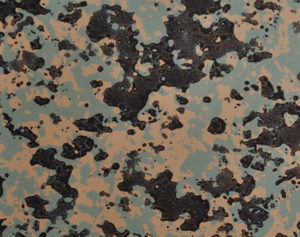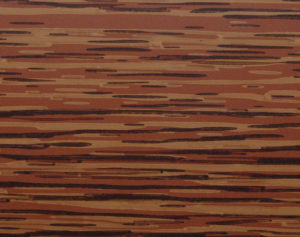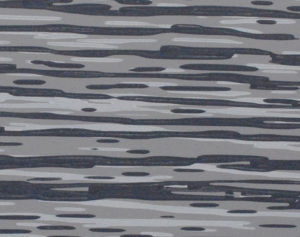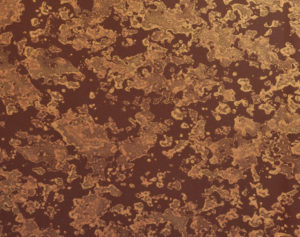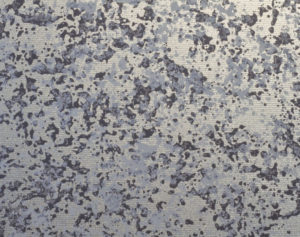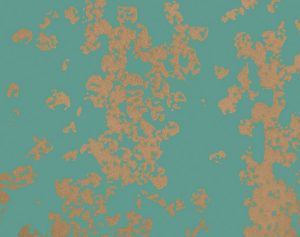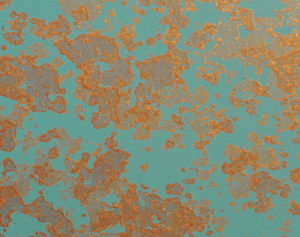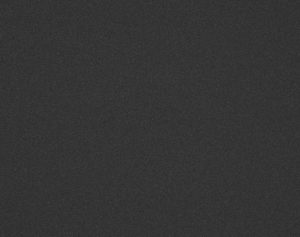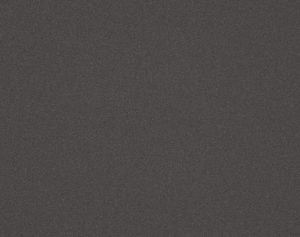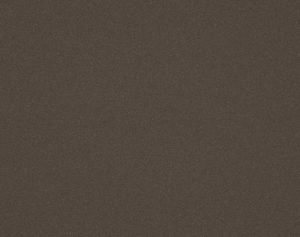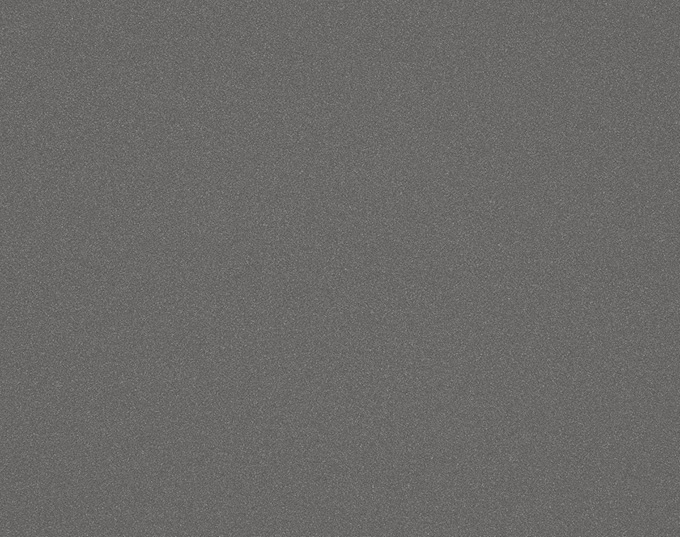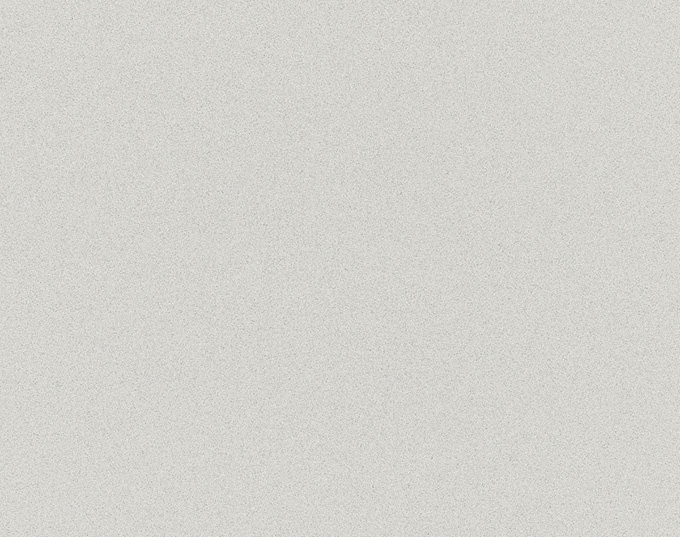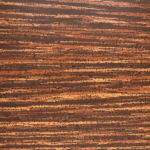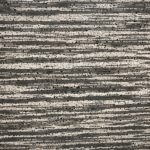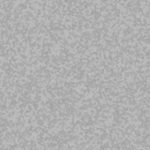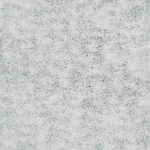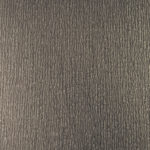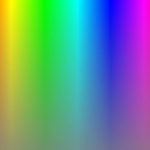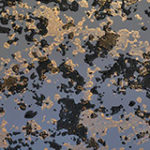Did You know Steelscape also offers two full-hour AIA accredited courses, available in live, or on demand format.
Have a recommendation for new course content?
Or have a question related to metal design?
Managing Gloss and Sheen on Metal Roofs and Walls
Learning Objective: Understand the difference between gloss and sheen, why it is an important design consideration and how to manage gloss on metal roof and wall surfaces.
Course Overview: Watch the embedded video, review the written content, and take the assessment found at the bottom of the page. You must score 100% in the assessment to pass.
Credit: 0.25 LU/HSW
Learning Content
- Gloss and sheen both relate to two aspects of the same topic, that is the visible ‘shine’ observed on a surface, created by the specular reflection of light. Specular reflection refers to a mirror like reflection.
- The key difference between gloss and sheen is the way that it is observed. Both gloss and sheen are measured based on striking a surface with a known quantity of light and observing the amount of light reflected at a specific viewing angle.
- A viewing angle is typically between 0 and 90 degrees, where 0 is perpendicular to the painted surface and 90 degrees is in-line with the surface.
- Gloss is measured based on the reflection of the light source when observed at a 60-degree angle from the surface.
- Sheen is measured based on the reflection of the light source when observed at an 85-degree angle from the surface.
- The key difference is that sheen is observed closer (more in-line) with the painted surface.
- 60 degrees is the industry standard for most reflectance measurements as it is the fitting representation of the viewing angle for most surfaces. 85 degrees (a very shallow angle from the surface) provides greater clarity for measuring and comparing low-gloss materials.
- Both gloss and sheen can be recorded using a consistent, scientific scale.
- Gloss Units (GUs) record the reflected light based on a 0-100 scale.
- The lower end (0 GUs) indicates a perfectly matte surface. 100 GUs is based on a standard of polished black glass. It is possible for highly reflective surfaces such as a mirror to exceed 100 GUs.
- To perform this assessment accurately, gloss units can be recorded with a gloss meter with the testing process conducted in accordance with ASTM standard D523.
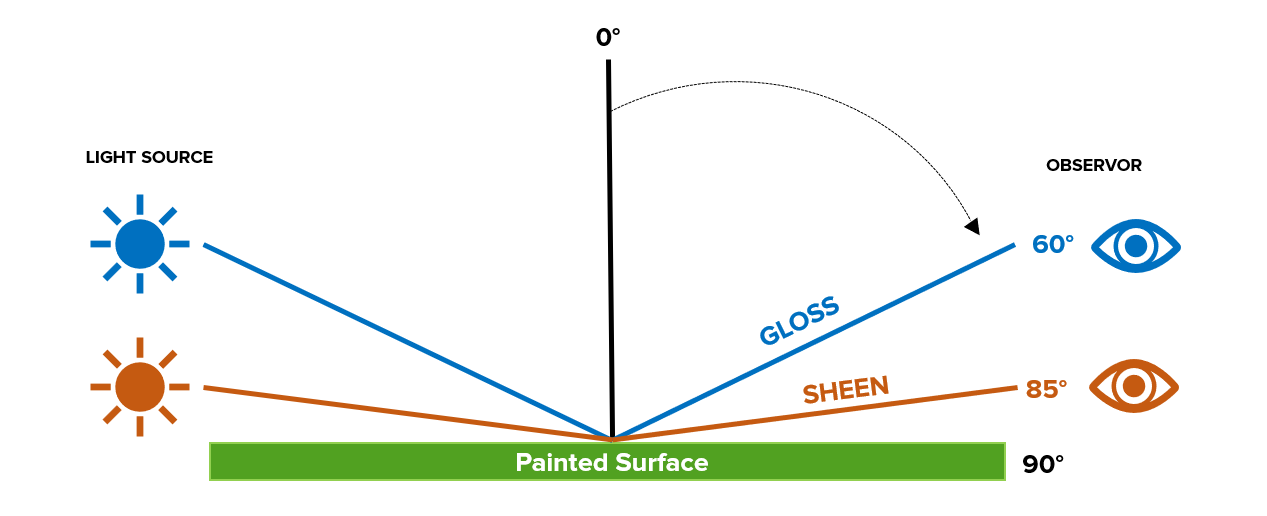
- Gloss and sheen values are highly corelated to the smoothness of the surface which is influenced by factors such as material type or coatings used.
- Smooth surfaces reflect light in a consistent direction, increasing the intensity of light observed from a static viewpoint. By comparison, inconsistent, varied surfaces, such as many naturally occurring materials including wood and stone, have variable surfaces. These surfaces do not reflect light in a consistent direction.

- For exterior applications, gloss and sheen may influence several factors, including:
- How building users interact with a building,
- How observers of the building perceive the surface,
- How the surface integrates with other materials, and;
- How the overall structure integrates with its broader environment.
- A lower gloss finish may be desired for improved finish versatility and integration. It may also be required due to planning provisions such as federal mandates, or homeowner association restrictions.
- Unlike natural materials, such as stone or wood, metal is produced in a highly controlled process to create a consistent product that meets end user expectations. The control of inputs to enhance product quality produces a consistent, flat surface which enhances light reflection.
- The gloss and sheen of typical metal paint systems are engineered to provide low to mid-level gloss in order to suit a wide variety of applications.
- This level achieves a balance of reflected light, color vibrancy, the durability of the finish and ability to hide scratches and marring.
- Most painted metal finishes will have an initial gloss unit rating of 15-30 gloss units measured at the 60-degree gloss angle, with some low gloss products falling below 5 gloss units.
- The gloss and sheen of a metal roof will change with time as it accumulates dust and grime. This dirt may not be observable from a distance but dulls the overall finish.
- To reduce gloss and sheen on metal, there are several finish options, including:
- Adding flatterers to the paint,
- Textured paint systems, and;
- Micro-wrinkle (microscopic texturing).
- Flatteners are added to the paint, prior to application, to reduce gloss. Flattener particles impart roughness/texture that scatters light. These particles come in different particle size and shapes. This can be used effectively to reduce gloss; however this process can usually only reduce the gloss and sheen so far before negatively affecting viscosity, color and stability of the solution.
- Textured paint can be used to combat gloss. These textures are usually similar in size and feel to sandpaper or stucco. This texture can be achieved two ways, by applying physical particulates to the paint to add texture or through ‘crinkle’ reaction. Crinkle type paints are applied like regular paint, but when they cure (which is done in a temperature-controlled oven) the paint crinkles to create a texture. As this is done in a controlled environment, this can be done consistently while still ensuring the product offers the same durability as regular paints.
- A step further is technology called micro wrinkle or disruptive paints. These paints have a limited visible texture but offer texture variation at a microscopic level. As these paints can offer greater surface variation, this style of paint can offer the lowest gloss and sheen levels.
- A disadvantage of textured paints is that they may need to be handled with greater care by contractors, as the finish is more susceptible to scratches and marring, due to the raised peaks of the finish. Darker colors, such as blacks, can be more sensitive to marring and scratching.
- Reducing the number of flat areas of a surface using ribbed or corrugated profiles can help combat overall gloss and sheen through additional shadow.
- Gloss and sheen represent different viewing angles of reflected light.
- These can be important considerations when evaluating the suitability of a finish.
- Most standard metal products are engineered to provide an optimum gloss sheen level.
- Flatteners, textured paints, and micro-wrinkle paints can be used as solutions when designers require low gloss or sheen metal products.

